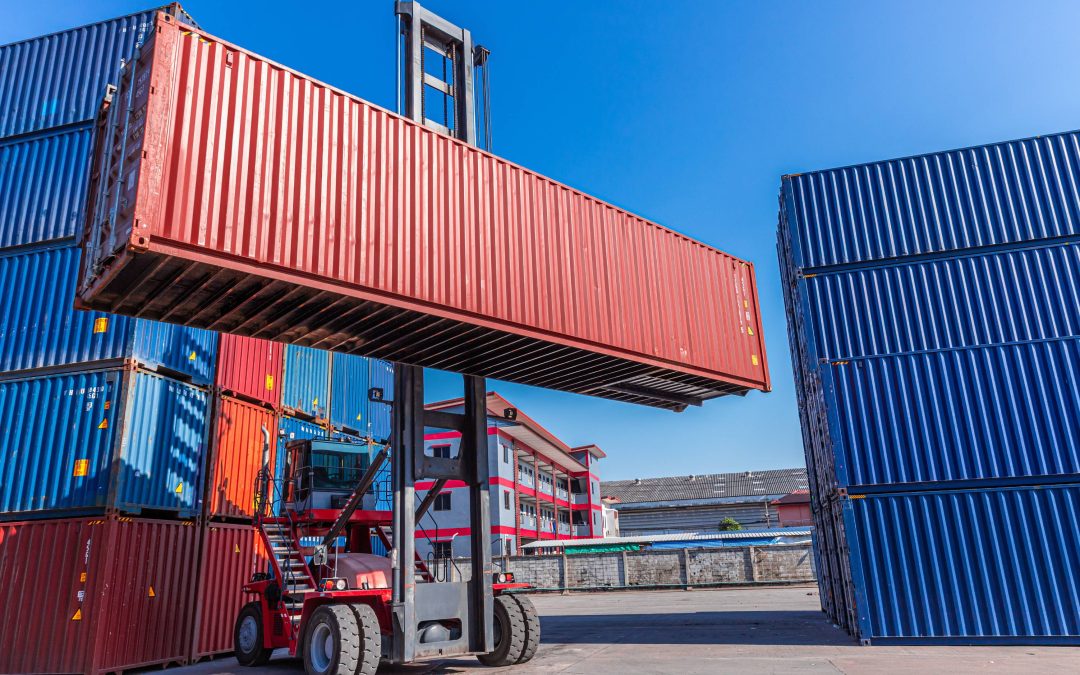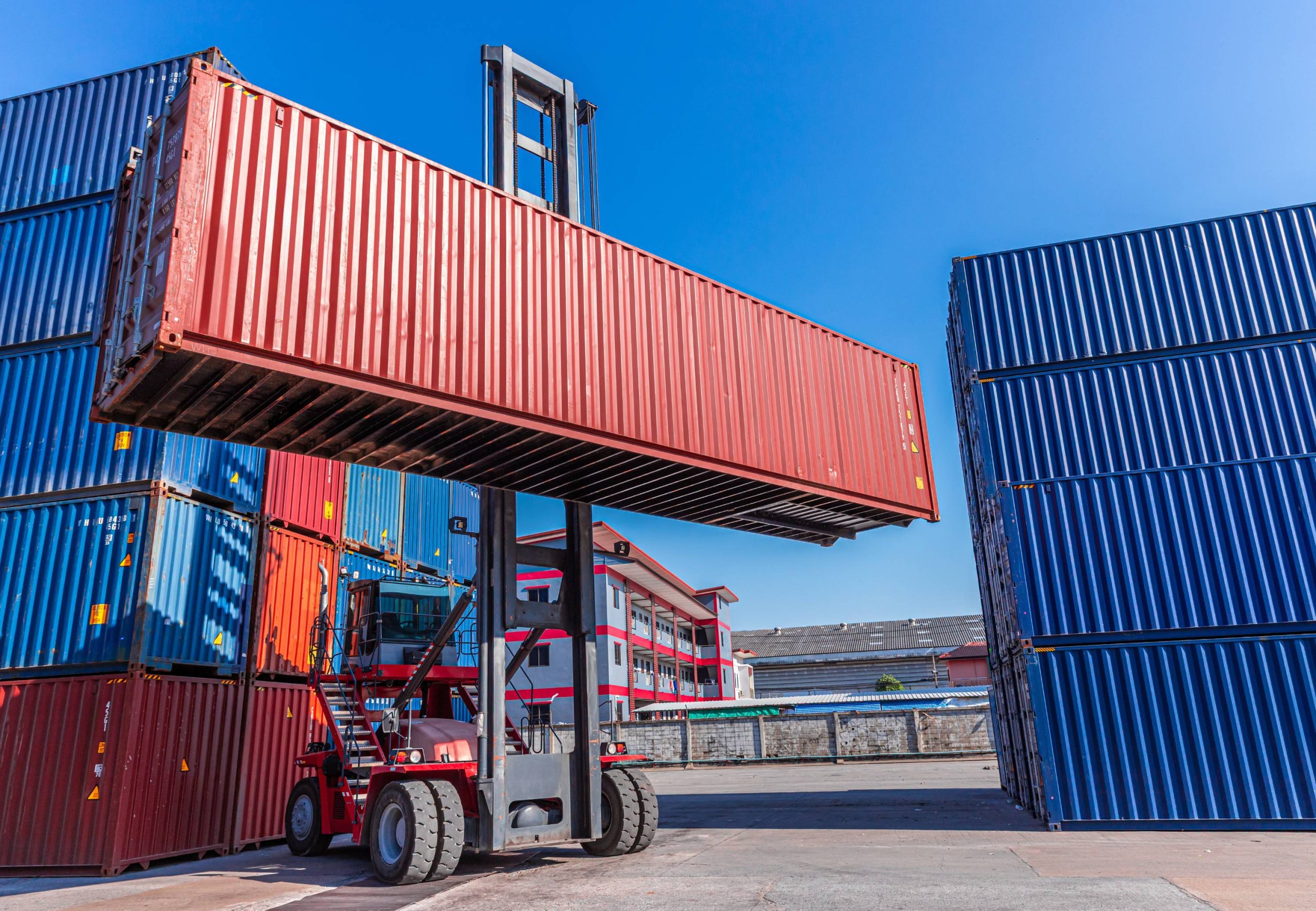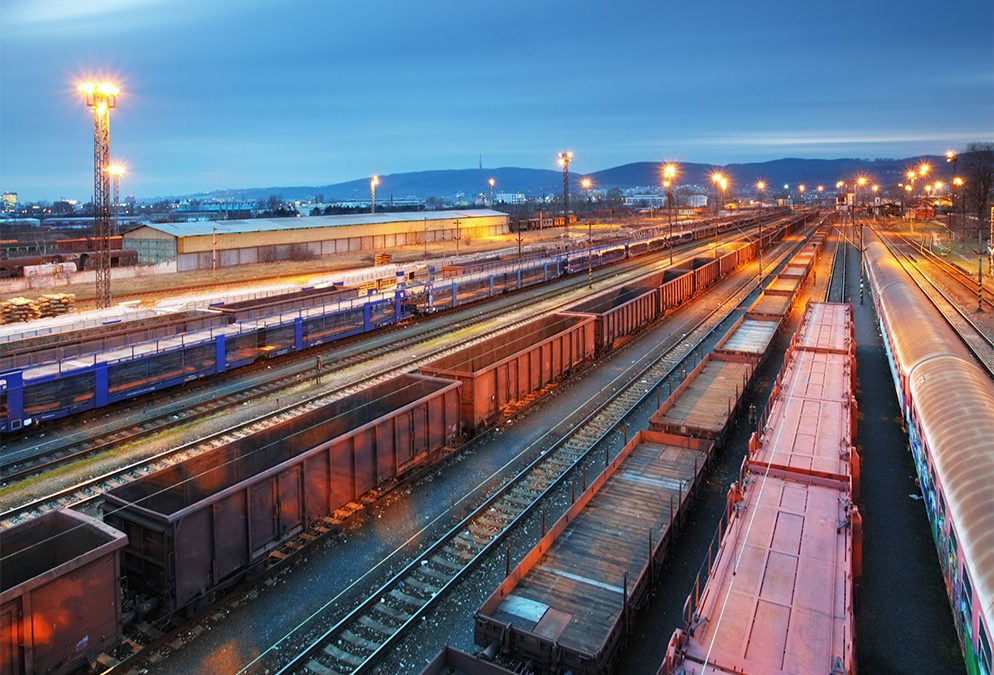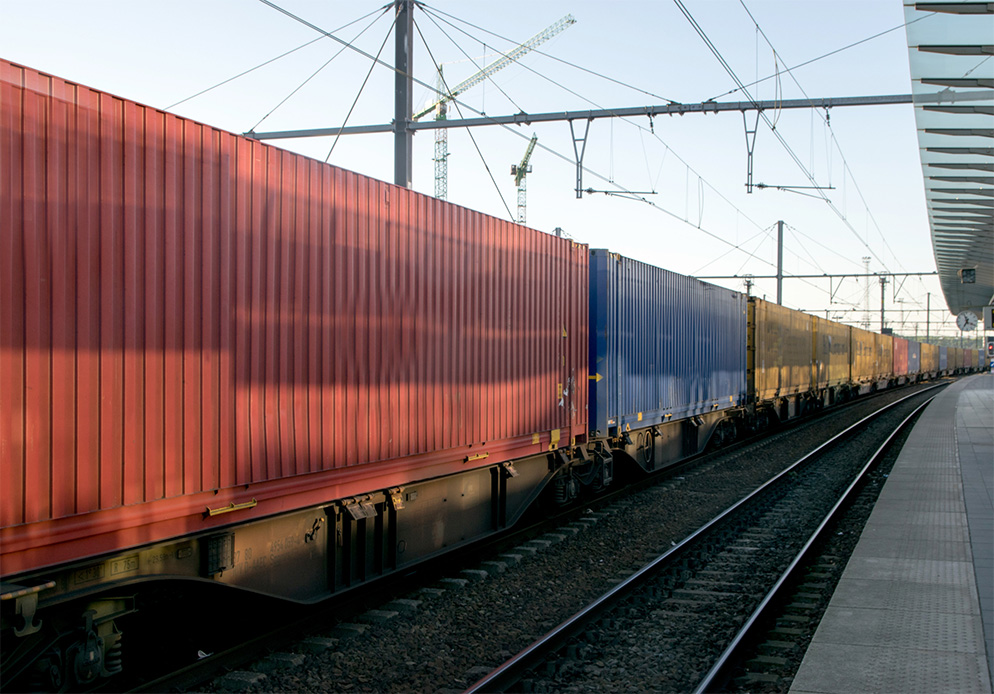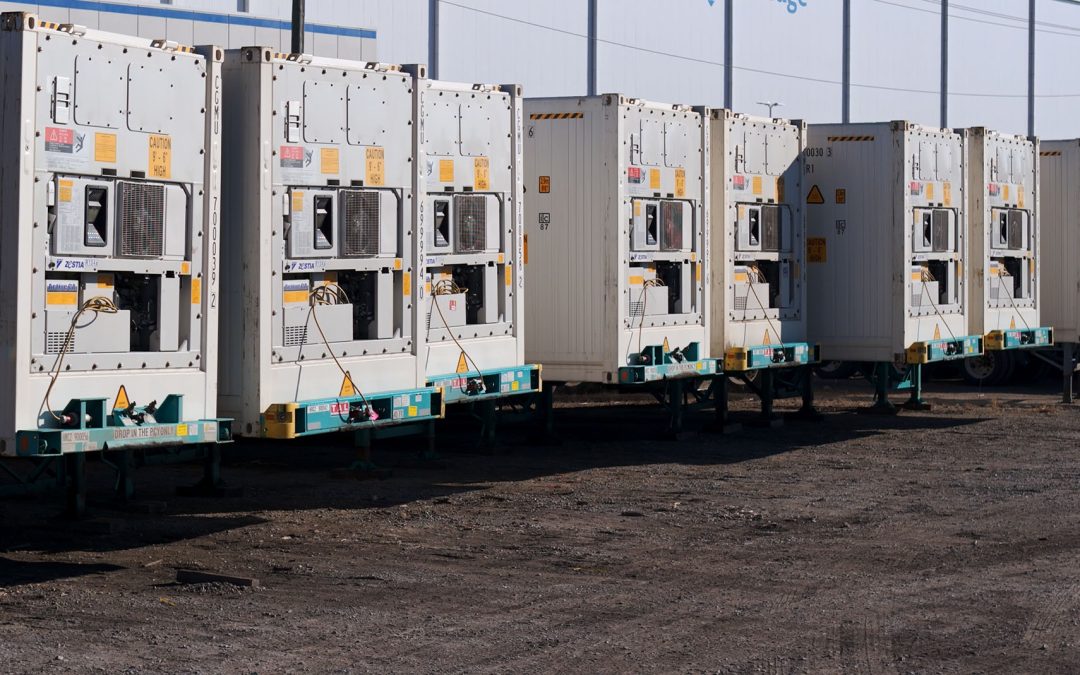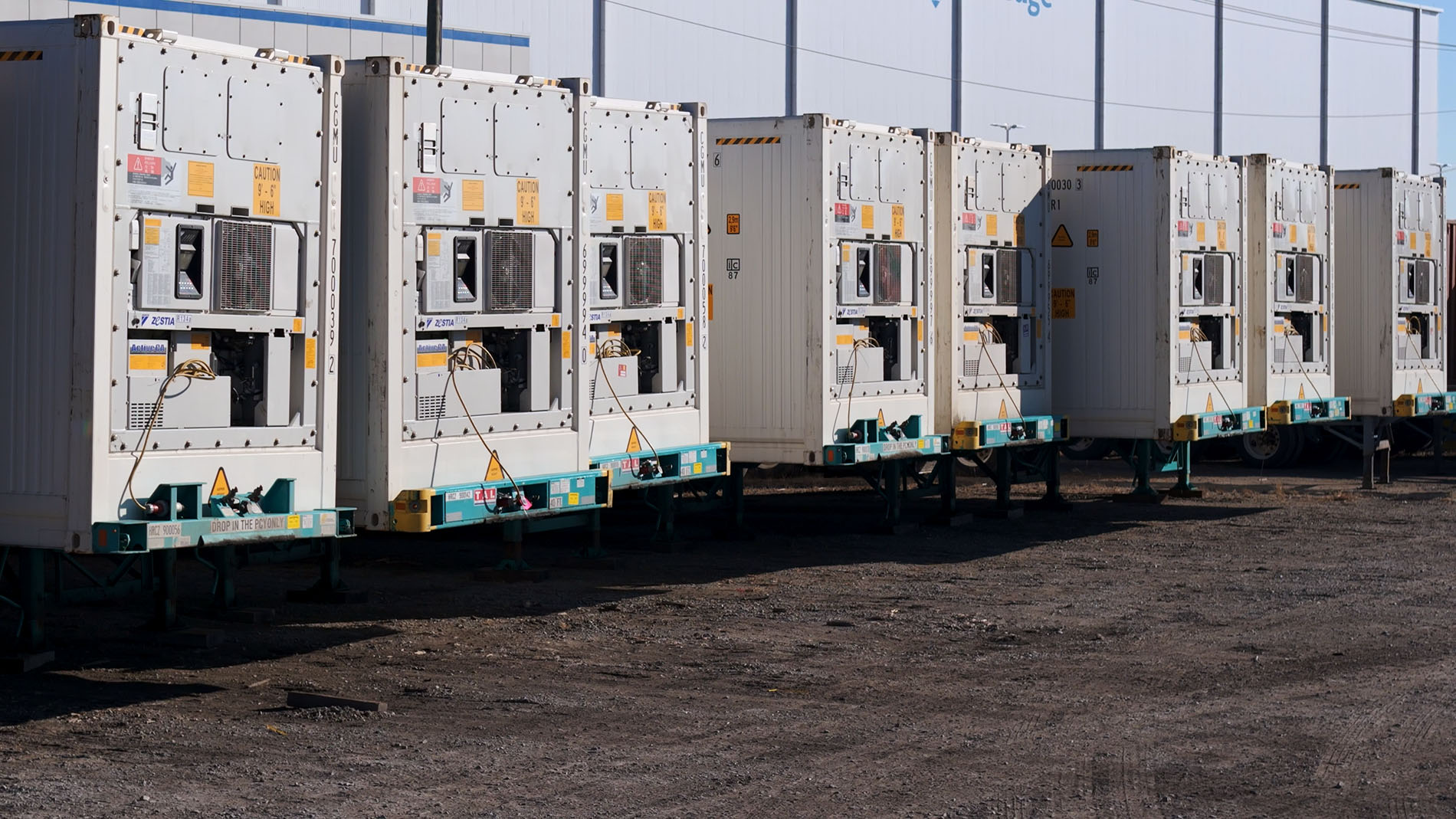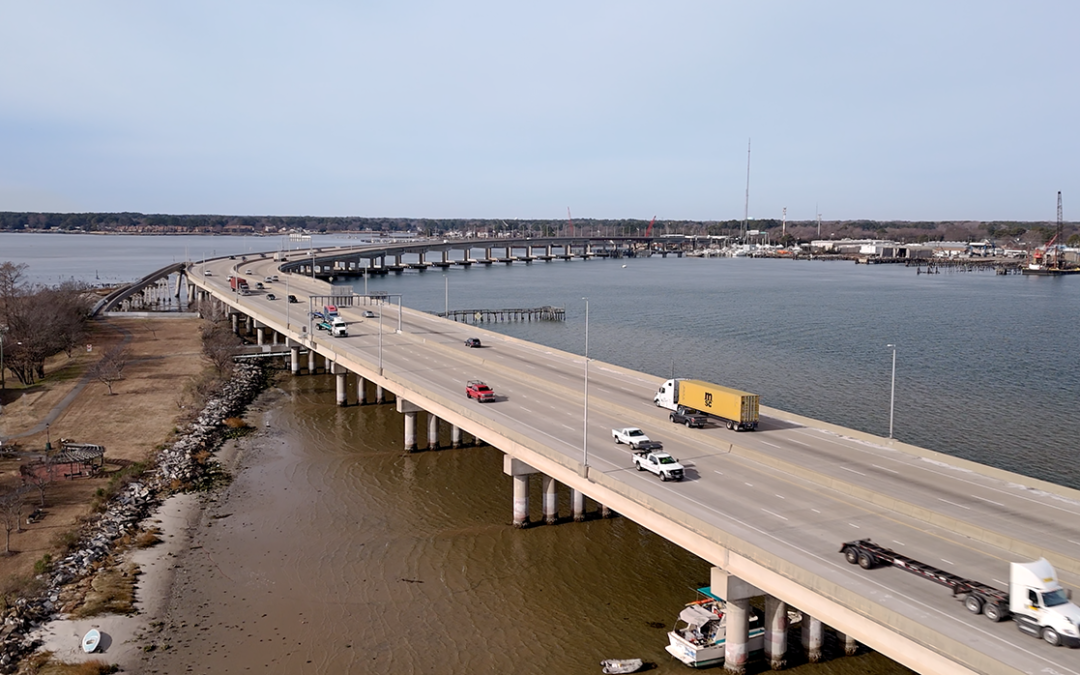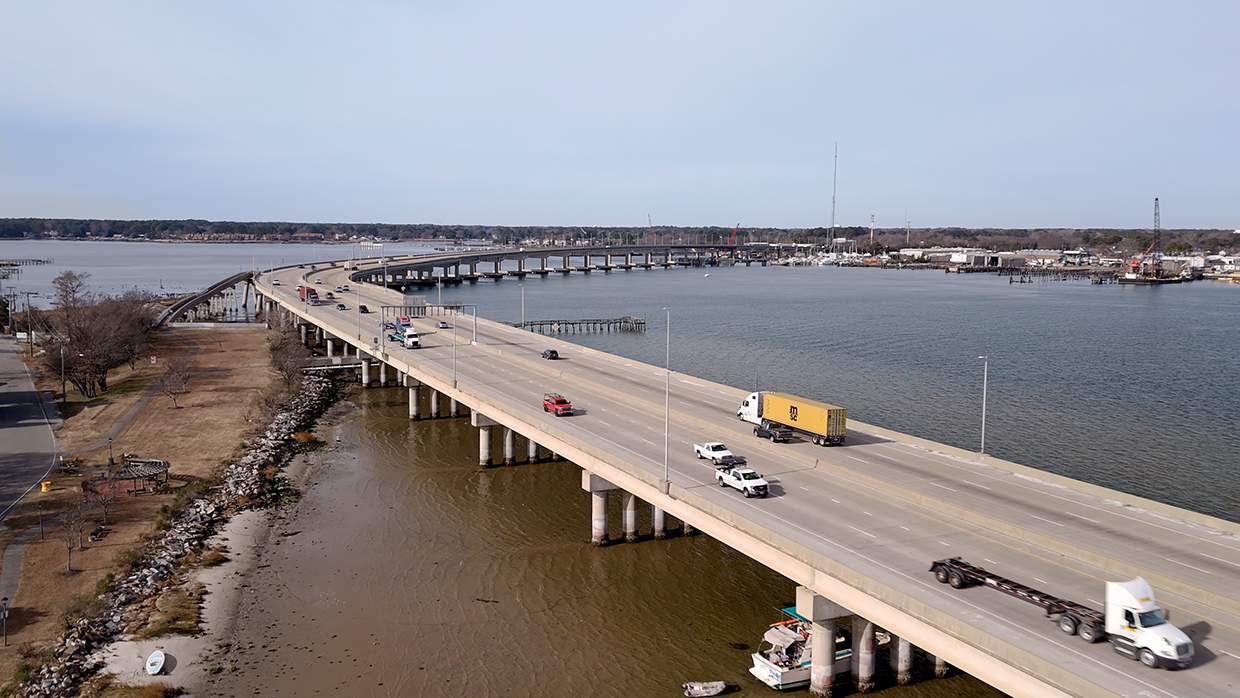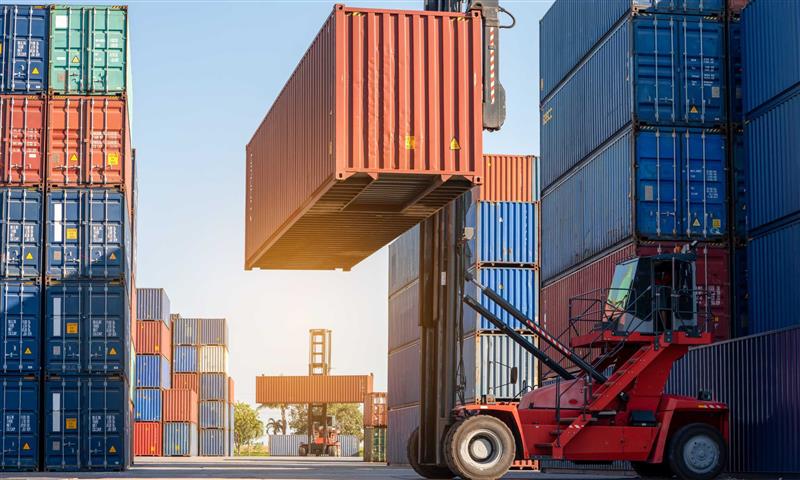
Navigating the Waves of Tariffs
Heavy cargo across state lines
CE Dispatch
Navigating the Waves of Tariffs

⚓ Navigating the Waves of Tariffs: Exemptions, Impacts, and Industry Responses
Global supply chains are under unprecedented pressure as a wave of new tariffs and trade negotiations reshapes the cost structure for manufacturers, maritime operators, and end consumers. From high-stakes diplomatic efforts for tariff exemptions to grassroots calls from maritime workers and bold infrastructure investments, businesses and governments alike are racing to adapt.
This blog post synthesizes the latest insights, exploring:
- High-level diplomatic negotiations and tariff relief efforts
- How supply chain leaders are coping with—and passing on—tariff costs
- The human impact on maritime workers and port communities
- Strategic infrastructure investments that aim to future-proof logistics hubs
- Diplomatic Efforts for Tariff Relief
1.1 Mexico’s Push for Exemption
On June 4, 2025, Mexico’s Economy Minister Marcelo Ebrard announced plans to request an exemption from a newly imposed 50% U.S. steel tariff (up from 25%). Labeling the measure “unfair and unsustainable,” Ebrard will meet U.S. officials on June 6 to present a “Plan B” if relief is denied. Mexico’s automotive, construction, and electronics sectors stand to bear the brunt of higher steel costs.
1.2 UK Reprieve and Tight Deadline
Also on June 4, the U.K. secured a five-week reprieve from the doubling of its steel and aluminum tariffs. While spared the immediate jump to a 50% levy, the U.K. must finalize a broader trade agreement—or face automatic reapplication. Under the interim deal:
- U.S. tariffs on U.K. steel will remain at 25%, with aluminum unchanged
- Duties on metals to be reduced to zero upon final agreement, and auto tariffs to 10%
- The U.K. will expedite U.S. exports through its customs process
“UK steel won’t be subject to additional tariffs. My government will always protect British businesses and British jobs,” stated Prime Minister Keir Starmer.
Key data:
|
Metric |
Value |
|
U.K. steel exports to U.S. |
~200,000 metric tons/year |
|
Export value |
$532 million |
1.3 U.S.–EU Negotiations in Paris
In Paris on June 4, U.S. and EU trade negotiators discussed a “zero for zero” proposal to eliminate tariffs on industrial goods, including autos. The EU has already raised its car tariff on U.S. imports from 2.5% to 25% in retaliation. While French Trade Minister Laurent Saint-Martin affirmed several more weeks of negotiations remain, the Trump administration has been “looking for a reason not to impose tariffs on the EU,” according to former U.S. trade representative Greta Peisch.
- Industry Responses: Cost Pass-Through & Mitigation
2.1 Passing Tariff Costs to Customers
A recent survey of supply chain leaders reveals that 45% plan to pass tariff costs directly to customers. Key findings:
- 31% adopt an “all-or-nothing” pass-through, shifting 80–100% of costs
- 47% are renegotiating supplier contracts; 43% seek collaboration opportunities; 39% are adjusting supply locations
- Top risk: increased costs (92%), followed by slowing customer demand (75%) and retaliatory measures (45%)
- 27% view new U.S. tariffs as potential competitive advantages if leveraged properly
“Supply chains are becoming more agile and responsive,” says Wade L. McDaniel, VP Distinguished Advisor, Gartner Supply Chain.
2.2 Mitigation Strategies
Supply chain executives are exploring several levers:
- Tariff engineering: adjusting product classifications to qualify for lower duties
- Supplier diversification: shifting volumes to lower-tariff regions
- Contract renegotiation: building in cost-sharing clauses
- Collaborative procurement: pooling buying power across partners
- Human Impact: Mariners and Port Workers
At the Propeller Club of Northern California’s Maritime Day (May 28, 2025), union leaders and port officials highlighted the real-world toll of tariffs:
- Demetrius Williams (ILWU Local 10 President): tariffs act as “a tax on working people,” raising goods prices and threatening longshore jobs
- Jack Hedge (Pasha Group VP): emphasized the strain on Hawaii’s economy and tourism
- Anne McEntee (SF Bar Pilots Business Manager): called for stronger stakeholder cooperation to maintain stability
- Nick Marrone (SIU VP): drew parallels to historical challenges faced by mariners
These testimonies underscore the need for policy solutions that balance economic objectives with workforce protections.
- Strategic Infrastructure Investments
Tradepoint Terminals’ $35M Bulk Conveyance Upgrade
Tradepoint Terminals (a subsidiary of Tradepoint Atlantic) is investing $35 million in a state-of-the-art bulk conveyance system, slated for completion in January 2026. Highlights include:
- High-capacity conveyors and hoppers with variable-speed control
- Expanded indoor/outdoor storage across 50 acres of paved space
- Enhanced rail connectivity for Panamax vessels
“This investment is about more than just new equipment—it’s about building infrastructure that anticipates the needs of global supply chains,” says Russell Williams, Vice President, Tradepoint Terminals.
Baltimore County Executive Kathy Klausmeier notes the project will energize the local economy and strengthen the East Coast’s position as a bulk-cargo gateway.
Tariffs continue to ripple across global trade, driving intense diplomatic negotiations, strategic cost-management tactics, and crucial infrastructure upgrades. Whether it’s Mexico and the U.K. seeking exemptions, supply chain executives hedging rising costs, maritime workers sounding the alarm, or ports investing in resilience, the common thread is adaptability.
As tariffs ebb and flow, stakeholders must remain agile—leveraging negotiations, engineering solutions, and targeted investments—to maintain competitive supply chains and safeguard the workers at their heart.
Stay tuned for updates as negotiations progress and companies implement innovative responses to this evolving landscape.

